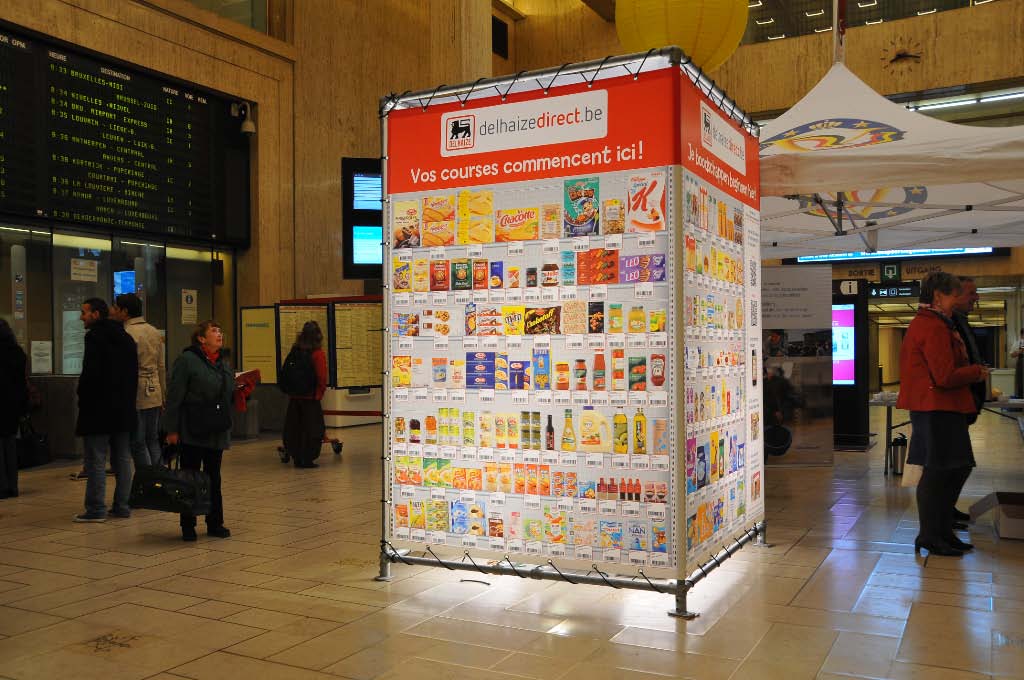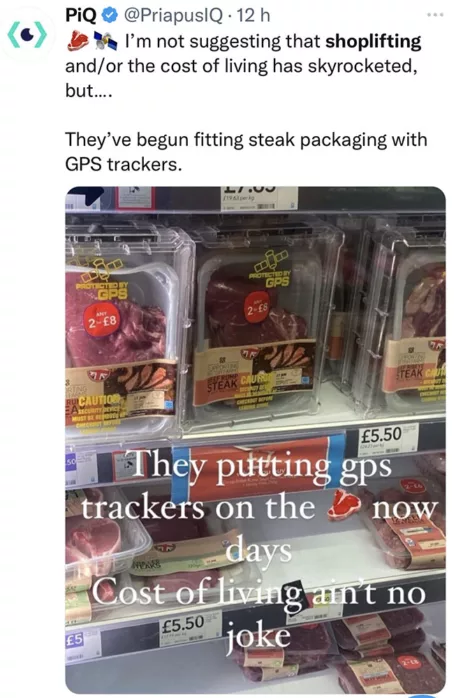Walgreens, an American supermarket chain, has just opened a store in Chicago specially designed to prevent theft (see video below). The brand touts the phygital customer experience, but consumers need help getting used to it. Against a backdrop of widespread impoverishment and an upsurge in shoplifting, Walgreens’ initiative could be emulated. It also raises questions about the future of physical stores in the face of shoplifting.
If you are interested in these ideas, please do not hesitate to contact us.
Contact IntoTheMinds market research agency
Shoplifting: worrying statistics for 2022
- 7% of US retailers perceive an increase in theft-related risks since Covid-19
- 5% of US retailers have an in-house team dedicated to combating Organized Retail Crime (ORC)
- 2% of US retailers report a significant or sharp increase in organized theft in their stores (Organized Retail Crime)
- 4% the average percentage of theft in US sales outlets
- 5% percentage of US retailers planning to increase their theft prevention budget
- 8% of US retailers say they are equipped or intend to equip themselves with smart cameras to detect theft
- 6% of US retailers have invested or plan to invest in RFID systems to prevent theft.
Shoplifting: the retail scourge
Steaks with locks, cans of sardines under video surveillance, convenience goods under lock, and keys behind protective glass … this is what the customer experience is increasingly like in many stores.
Customers have become suspects, and stores are equipping themselves with increasingly sophisticated theft detection systems. It’s no longer enough to check out customers at the checkout. They are constantly spied on, thanks to intelligent cameras that track suspicious gestures in the aisles.
Research published in November 2022 paints a disturbing picture of American retailing. The Covid episode and its consequences for retail have given the starting signal for an increase in in-store theft. US retailers have reported a 26.5% surge in thefts of a criminal nature in 2021. As a result, budgets for “Loss Prevention” teams have increased for 44% of respondents. At the same time, sales outlets are equipping themselves with increasingly sophisticated technologies to prevent theft. RFID systems have been or are being implemented in 38.6% of US stores, and camera-based detection of suspicious behavior in 29.8%.
But stores aren’t stopping there. The crisis has caused the price of even the most basic foodstuffs to skyrocket, forcing retailers to place GPS trackers on … meat. The tweet below comments on a photo taken in the UK, where pieces of meat costing less than £10 are the focus of attention.
Walgreens Chicago: experience serves as an anti-theft device
Faced with so many threats, retailers had to react. While some retailers withdrew from cities deemed too dangerous, others, like Walgreens, reacted differently. Under the guise of overhauling the customer experience, Walgreens launched a new type of store in Chicago, one of the most violent cities in the USA. The decision was radical: remove products from the shelves.
Instead, customers shop on digital tablets and have their purchases prepared behind a counter by employees. The newspapers are screaming genius, but in the end, it’s nothing more than a pedestrian drive-in without the advantages. Instead of ordering from home, you waste time ordering directly from the sales outlet. I’m exaggerating a little, but that’s to get the point across.
Walgreens has sworn that this is all about making the experience more phygital … but nobody’s fooled. On the other hand, who could blame them? America’s big cities are so plagued by poverty, violence, and drugs that some people are dropping the idea of doing business there. For example, in Portland (Oregon), Walmart has decided to close all its stores.

Is the future of retail 100% phygital?
The case of the United States is very specific but symptomatic of the ills of consumer society. In Europe, too, theft has become a major concern. The customer has become a permanent suspect. The temptation is so strong that we must watch our movements, control our purchases, and protect every commodity against the temptation of theft.
The contract of trust between retailers and consumers is no longer valid.
This has consequences. What does the future hold for stand-alone stores, for example? Do they still have a future? With no staff to intervene, do retailers still want to risk seeing their precious merchandise disappear through the doors of a wide-open store 24 hours a day?
The solution to all our ills could ultimately lie in an experiment carried out over 10 years ago in South Korea by Tesco (see video above) and imitated by Delhaize in Belgium in 2012. Who still remembers it? The Belgian retailer exhibited canvases printed with product photos in high-traffic areas. All you had to do was scan the barcodes to place an order. It was an e-shop before its time when smartphones weren’t yet widespread, and consumers weren’t yet buying groceries online. The experiment was a flop but now looks set to rise from the ashes.
Posted in Innovation.
